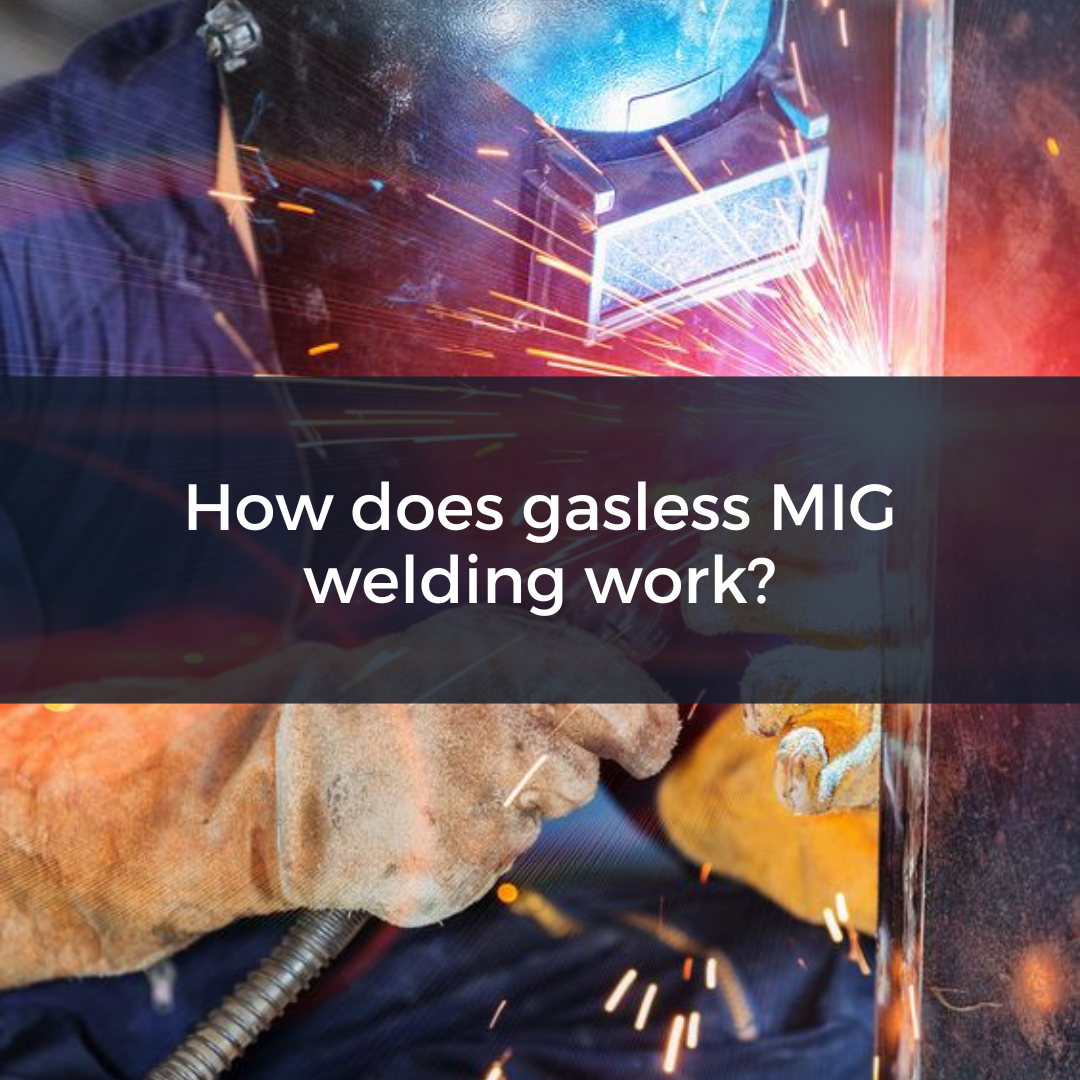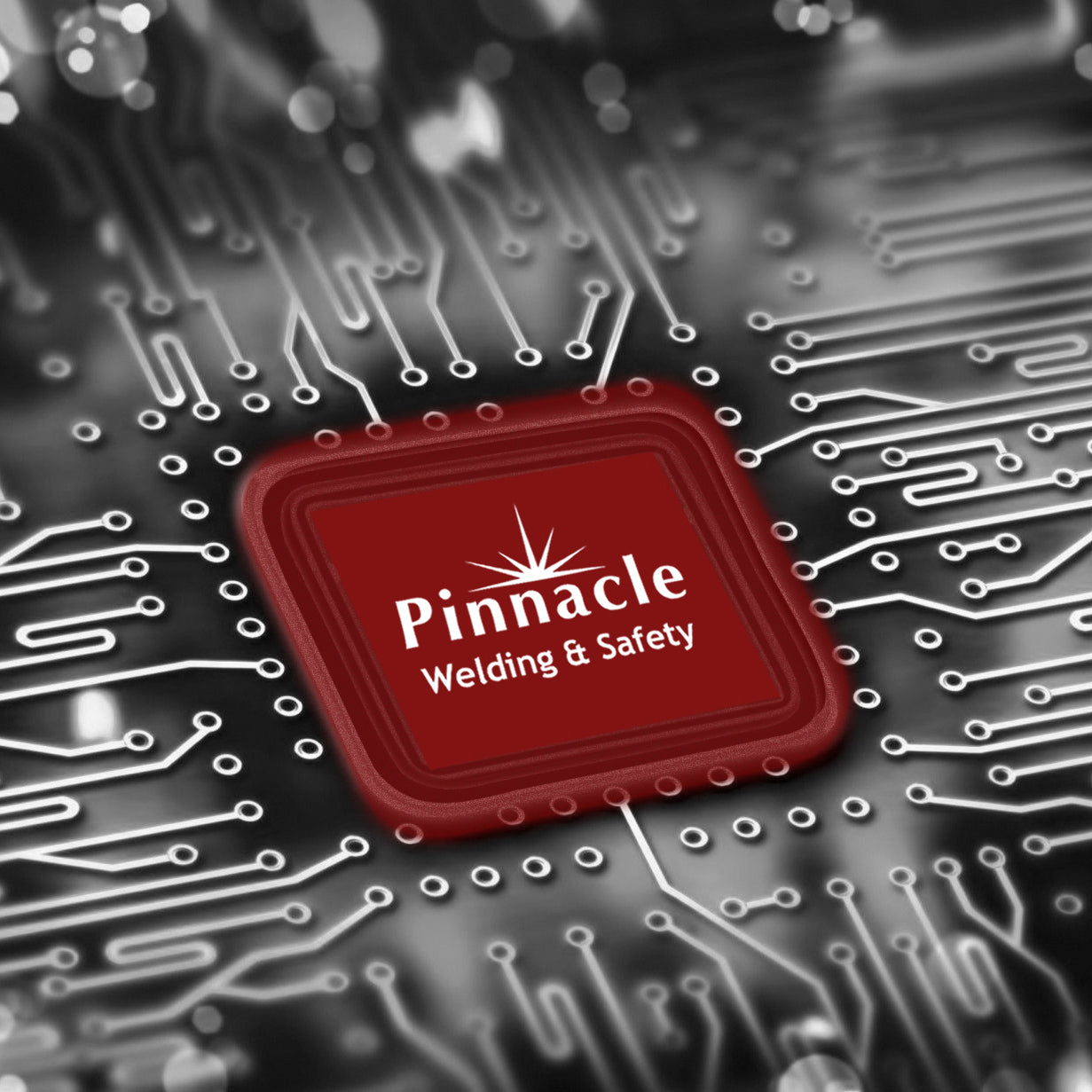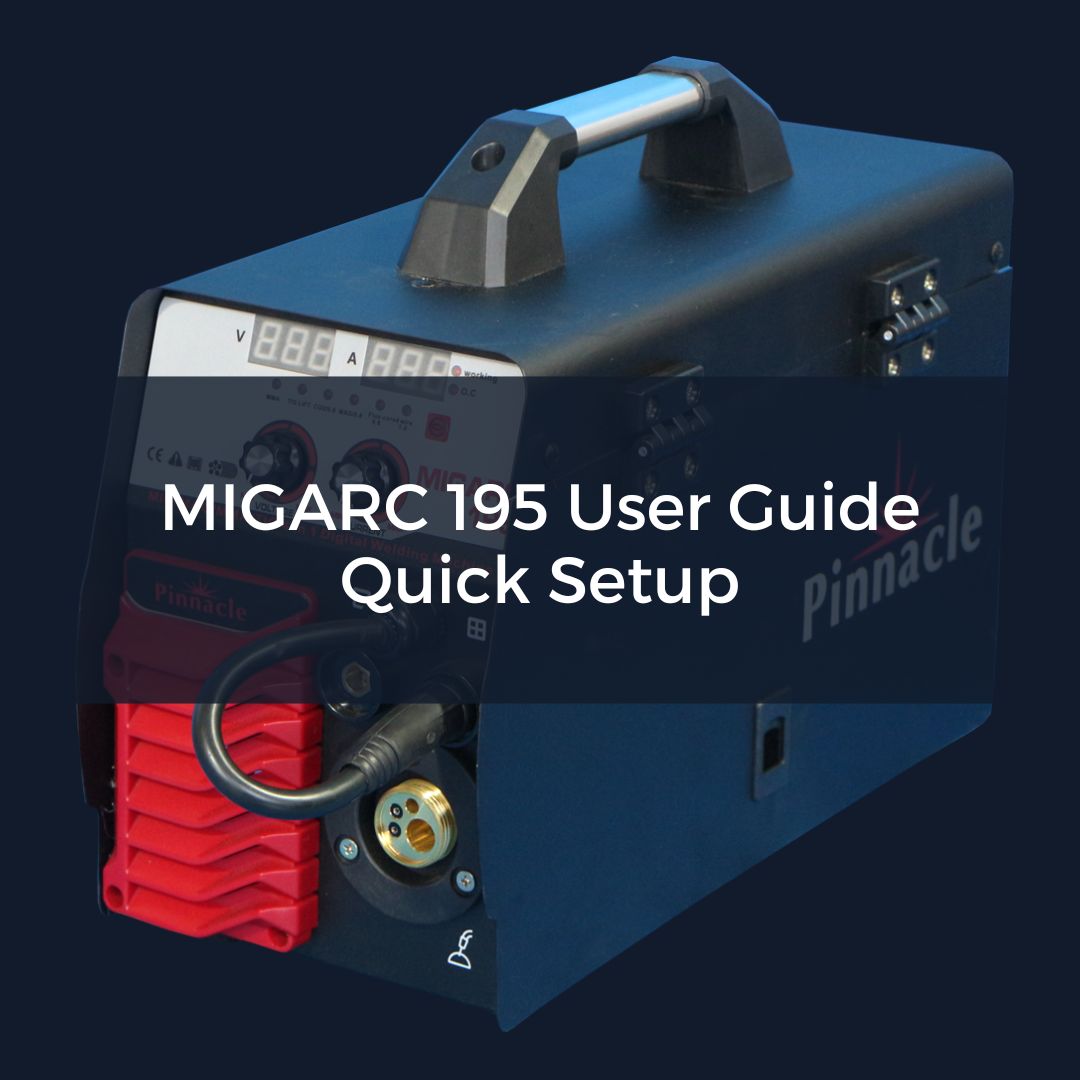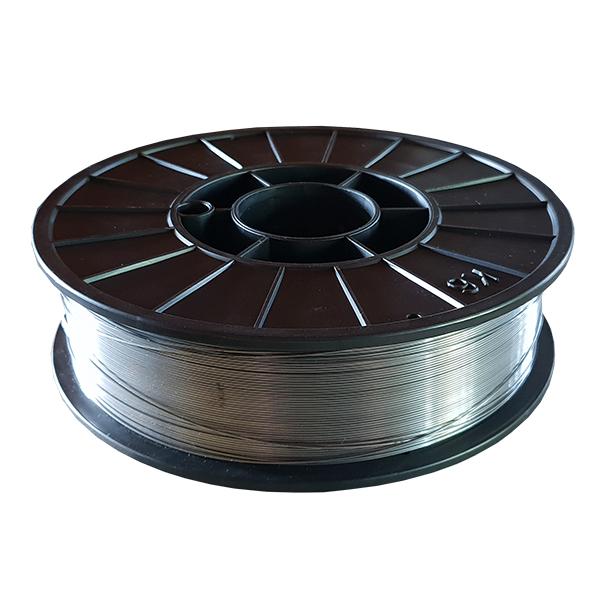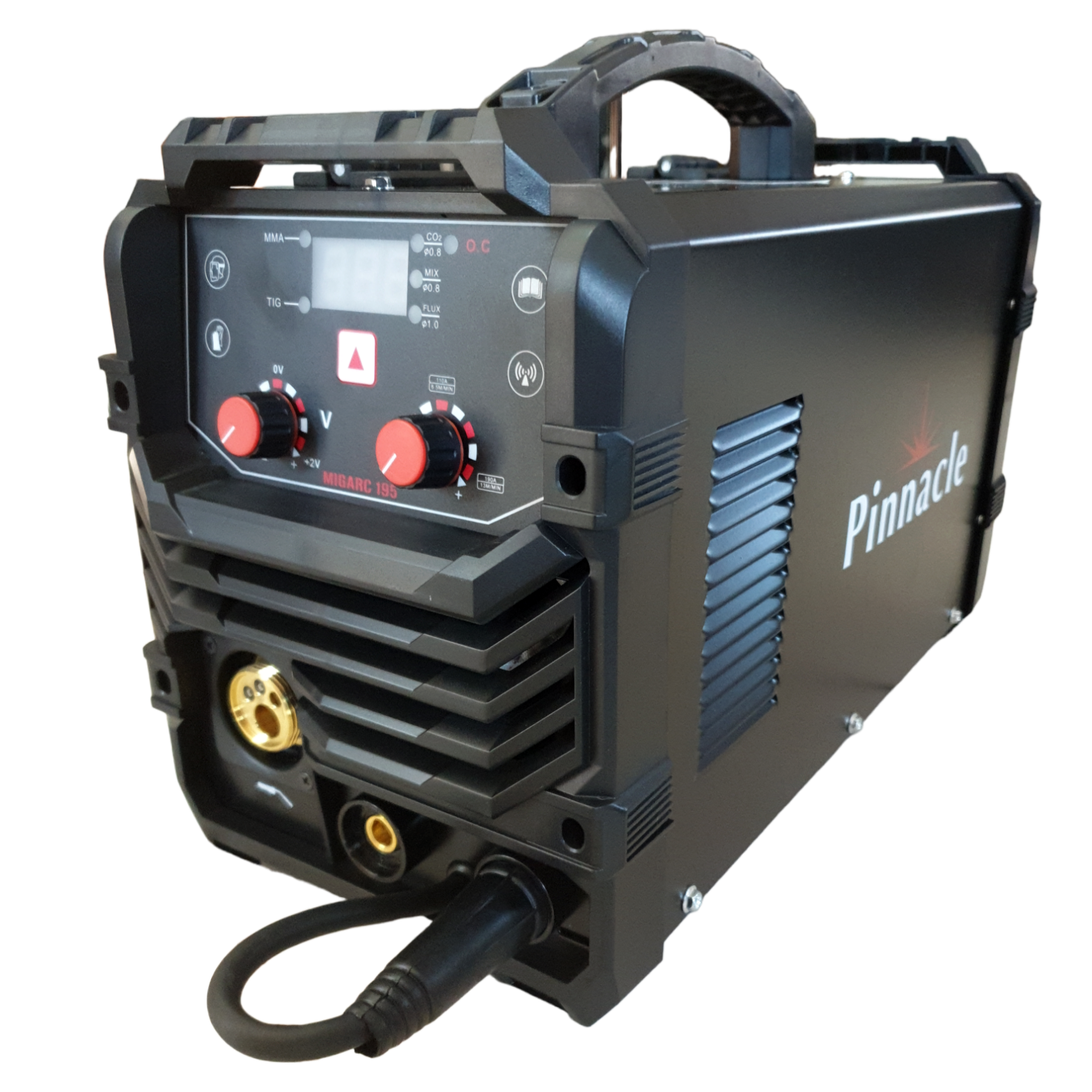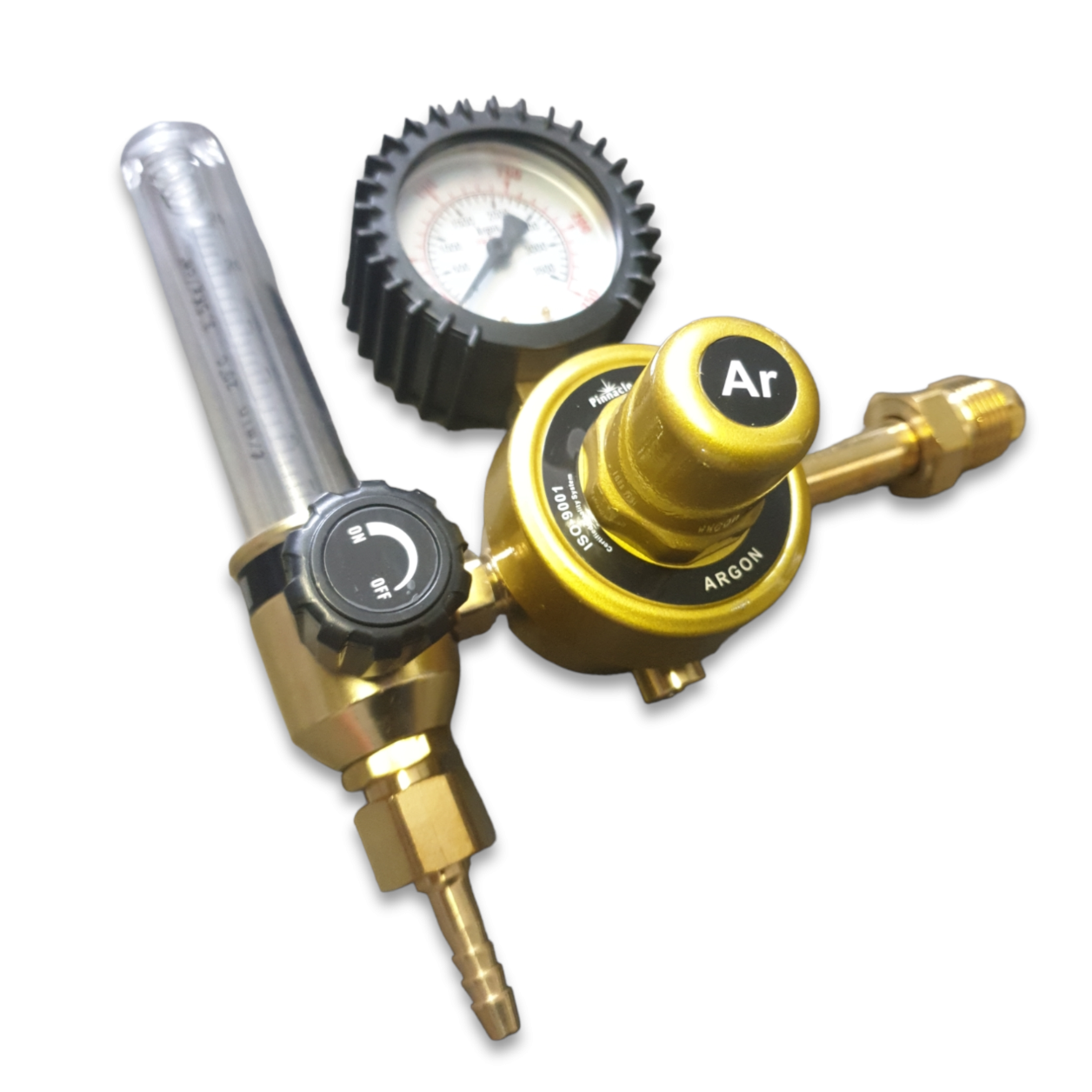Your shopping bag is empty
How does gasless MIG welding work?
- Comments: 0
- Categories: Frequently Asked Questions
Gas vs. Gasless MIG Welding: What’s the Difference?
How does gasless MIG welding work?
Introduction
Whether you’re a professional welder or a DIY enthusiast, you've likely encountered both gas and gasless MIG welding. While both methods use an electric arc to create the weld, they have different mechanisms, applications, and advantages. If you're wondering which one is right for your needs, here’s a breakdown of the differences between gas and gasless MIG welding.
How They Work
Gas MIG welding, also known as gas-shielded welding, involves feeding a solid wire electrode through a welding gun and into the weld pool, which joins the two base materials together. A shielding gas is also sent through the welding gun, which protects the weld pool from contaminants in the air.
In contrast, gasless MIG welding uses a flux-cored wire to protect the weld pool, eliminating the need for a gas cylinder. As the flux inside the wire melts, it releases vapors that shield the pool and create a protective slag layer over the weld. This is why gasless welding is also known as 'self-shielded' welding.
Wire Types
In gasless welding, flux-cored wire spools are used. These are loaded into a MIG machine in the same way as standard MIG spools. However, with gasless welding, you drag the gun, while with gas welding, you push it. Additionally, gasless welding is generally only used on mild steel because flux cored MIG wires don’t usually come in other types of metal. Flux-cored wires also need their own drive roller to feed the wire through the torch without crushing it.
Polarity
Gas and gasless MIG welding use different polarities. Gas welding requires DCEP (positive polarity), while gasless welding requires DCEN (negative polarity).
Fumes
Both types of MIG welding produce smoke, but gasless welding creates more fumes due to the flux that protects the weld. These fumes can have short-term effects like dizziness and nausea, and more serious long-term effects. Therefore, if you’re welding indoors, you’ll need a respirator or proper ventilation to protect yourself from the fumes.
Outdoor vs. Indoor Welding
Gasless welding is suitable for outdoor use because it’s not affected by air movement. On the other hand, gas welding can be affected by wind, which can blow away the shielding gas and contaminate the weld. However, gas welding can still be done outdoors with the use of a screen or wind shield to keep the shielding gas from being blown away.
Portability
Gasless welding requires less equipment since there's no need for a gas cylinder, making it lighter and more portable. Regardless of whether you use a gas or gasless machine, you'll still need a power source for your MIG welder.
Metal Preparation
Just like with stick welding, gasless wire can weld through paint and rust, but clean metal is the best for both gas and gasless welding. Although it's possible to weld through contaminants, it's not necessarily recommended.
Clean Up
Flux-cored wire used in gasless welding leaves a layer of slag on top of the weld that needs to be removed. Gasless welding also produces more spatter, increasing your cleanup time after a weld.
Gas-Shielded Flux Core Welding
There’s a third type of MIG wire: gas-shielded flux core.
Also known as 'dual shielded,' it forms a slag covering and requires gas to protect it. This type of MIG welding is more specialized and is great for structural welding due to its increased weld deposition rates, high penetration, and a super-protected weld. However, it also comes with some of the cons of gas and flux-cored wires, such as producing a lot of fumes and requiring extra cleanup of slag.
The Pinnacle MIGARC 195: A Versatile MIG Machine
Whether you're interested in gas or gasless MIG welding, it's crucial to have a reliable and versatile MIG machine. The Pinnacle MIGARC 195 MIG, TIG & ARC Welding Machine is a great example of such a machine. Capable of both gas and gasless welding, the MIGARC 195 offers users the flexibility to choose the method that best suits their project.
So, how does gasless MIG welding work on the MIGARC 195? The process remains the same. You load your flux-cored wire into the machine, set the machine to DCEN (negative polarity), and begin welding. Remember to drag the gun during the process, and you're all set.
The MIGARC 195 is a perfect choice for welders who want to switch between gas and gasless welding without the need for separate machines. It's suitable for a range of materials, primarily mild steel, and is ideal for both indoor and outdoor projects. However, remember to take safety measures into account, particularly when welding indoors due to the increased fume production.
Conclusion
Gasless MIG welding offers a range of advantages, including portability, the ability to weld in outdoor conditions, and the capacity to weld through minor contaminants. However, it also has its downsides, such as producing more fumes and spatter. The choice between gas and gasless welding ultimately depends on your specific project and environmental conditions.
With the Pinnacle MIGARC 195, you get the flexibility to explore both gas and gasless welding, allowing you to choose the method that best fits your needs.
#GaslessMIGWelding #PinnacleOnline #PinnacleWelding #MIGARC195 #MIGARCSeries #WeldingLife #Weldernation #MIGWelding #MetalFabrication #WeldLife

